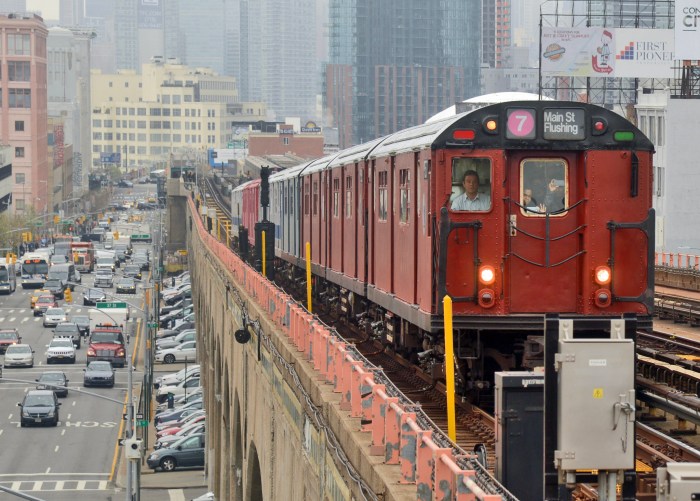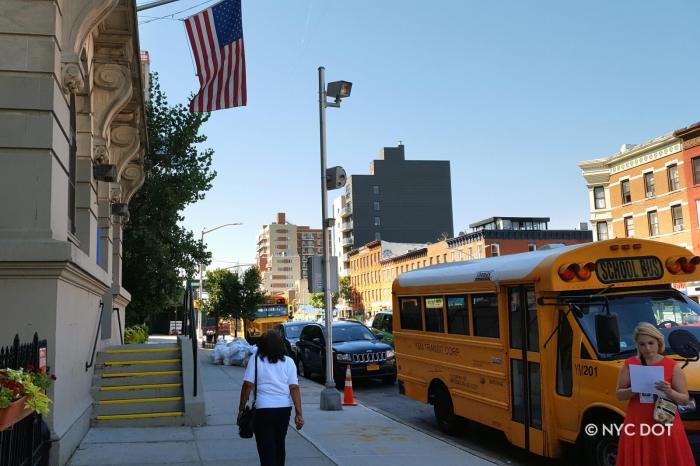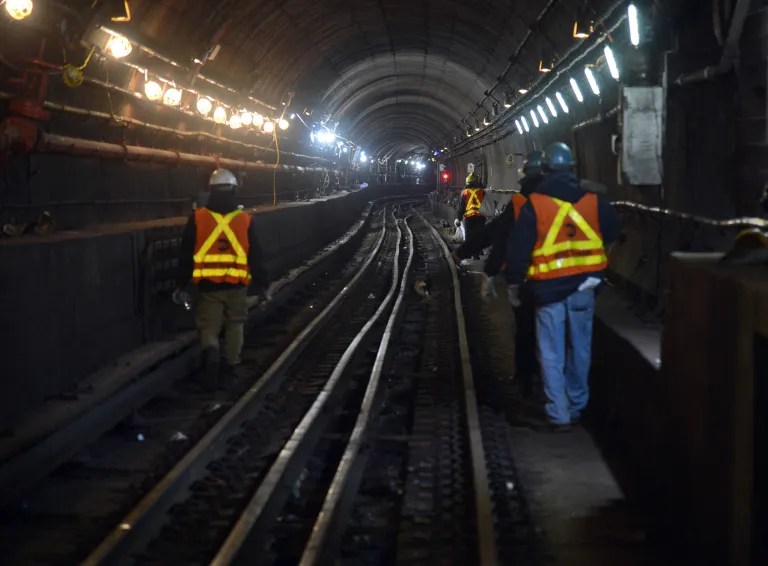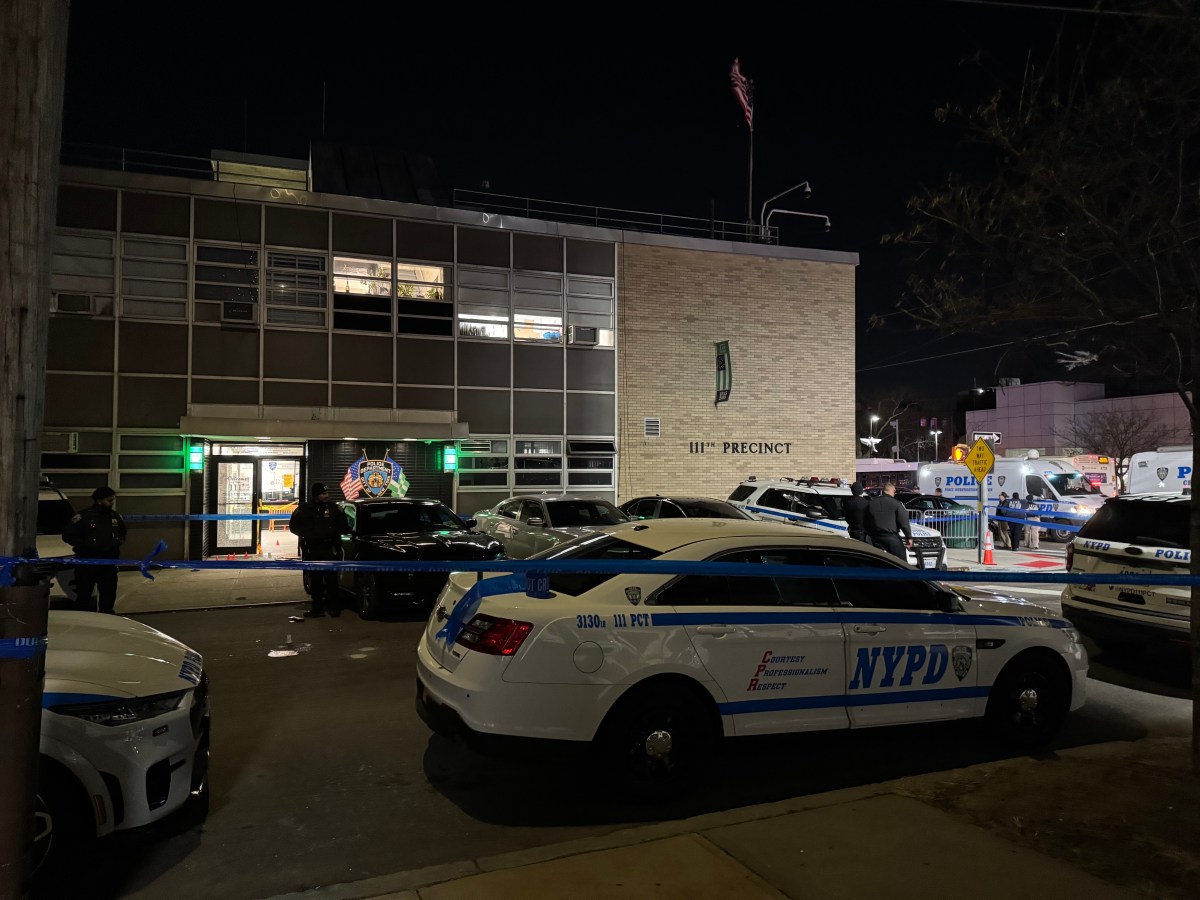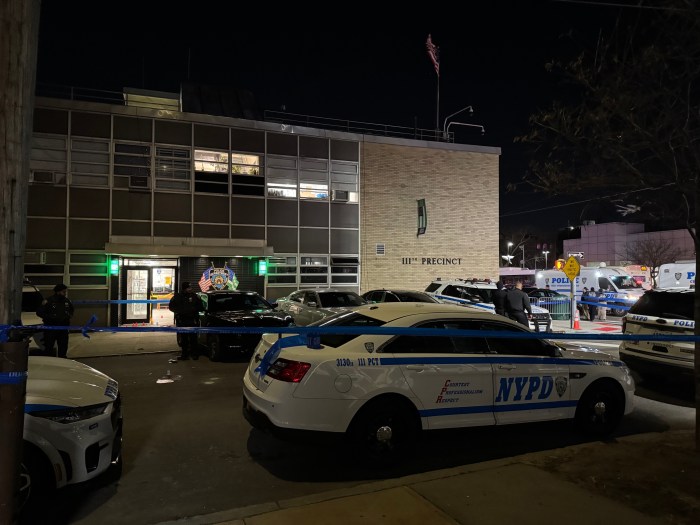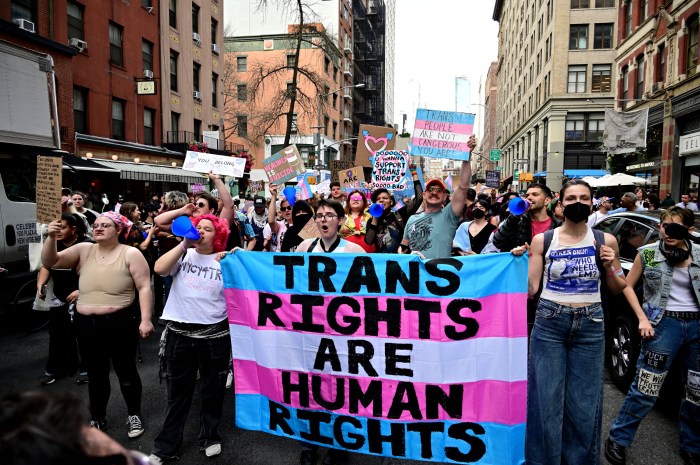
Mayor Bill de Blasio’s administration on Thursday committed to installing more bike lanes in southern Brooklyn following the city’s 19th cycling death this year — though it’s still not clear where the lanes will go or when they will be installed.
Several bike lanes will be installed near Coney Island Avenue over the course of the next two years as part of a broader initiative to improve safety along the north-to-south corridor, according to de Blasio’s office.
The lanes will not be protected by reconfiguring parking spaces to keep cyclists away from traffic, but rather will be conventional painted lanes or shared lanes, according to DOT spokesman Scott Gastel.
The actions come after advocates and elected officials criticized the city for not doing enough to improve traffic and bike safety along the wide avenues of the more car-centric parts of Brooklyn.
Jose Alzorriz, 52, was struck and killed in a chain-reaction crash at the intersection of Coney Island Avenue and Avenue L in Midwood earlier this month after a speeding driver ran a red light and T-boned a passing SUV. Alzorriz was approaching the intersection on his bike, waiting for a green light, when the SUV struck him.
The city is starting with targeted police enforcement against bad drivers along Coney Island Avenue, while also beginning a study to develop safety improvements along the corridor from Park Circle to Brighton Beach Avenue.
“This was a heartbreaking tragedy, and we’re taking action to make this corridor safer for everyone,” de Blasio said in a statement. “Starting immediately you’ll see enhanced NYPD enforcement of reckless driving, while DOT accelerates the installation of nearby bike lanes and other safety measures. We will not rest until we reach Vision Zero.”
The Department of Transportation plans to install pedestrian islands, left-turn calming treatments and lead pedestrian intervals — which give pedestrians a head start as they cross the street — along the avenue, according to Gastel. The safety study will particularly focus on where Coney Island intersects with Avenue L, Avenue C, Dorchester Road, Ditmas Avenue, Quentin Road and Crawford Avenue, Gastel said.
Safe streets advocates have been asking for parking-protected bike lanes throughout the city rather than the traditional painted lanes, which offer no physical protection from traffic.
Thomas DeVito, the senior director of advocacy at Transportation Alternatives, was disappointed to learn the lanes would not be protected.
“The idea that there is no space in order to accommodate safety for the most vulnerable people is ludicrous,” he said.
DeVito likened Coney Island Avenue to more of a highway than a city street and said the city was prioritizing moving traffic over safety.
“We need to do better. You can tell what the city’s priorities are based on plans they lay out, and clearly the priority here is not safety first for people who need it,” he added.
The DOT will start installing new bike lanes in the area starting this year, though they did not have any details as to where those lanes or shared routes would be placed and there was no clear timeline for the rollout.



